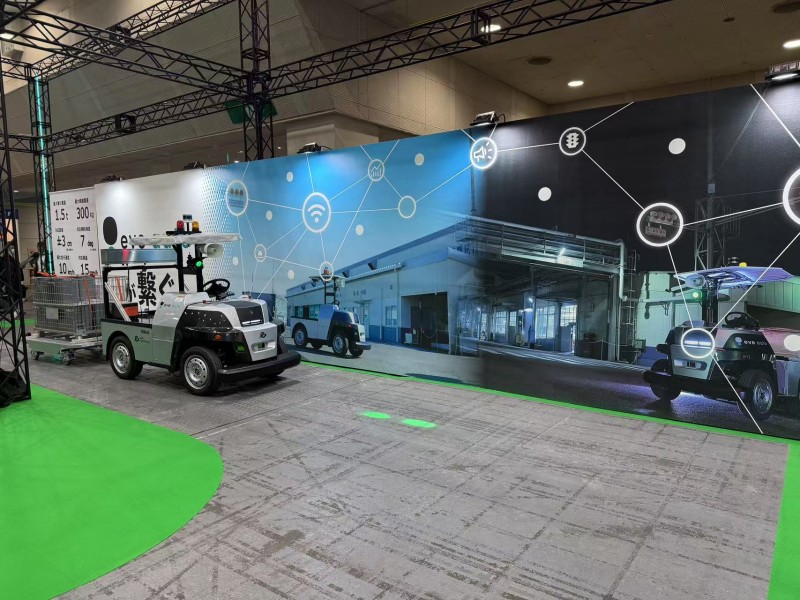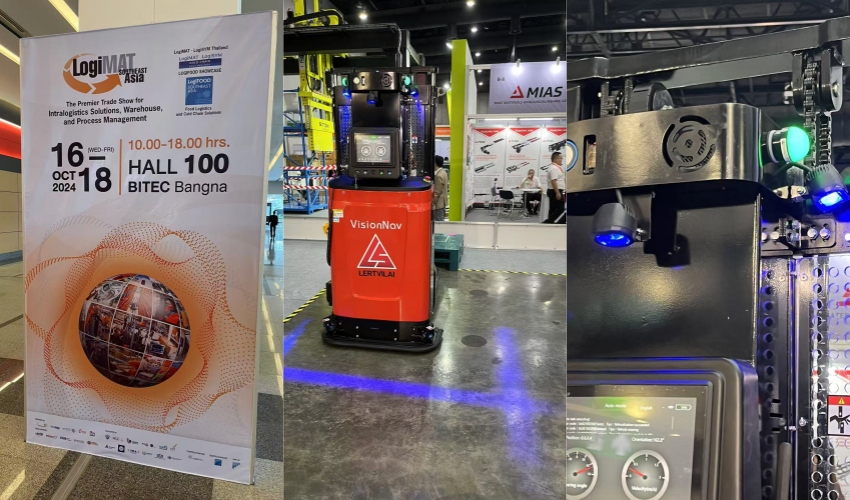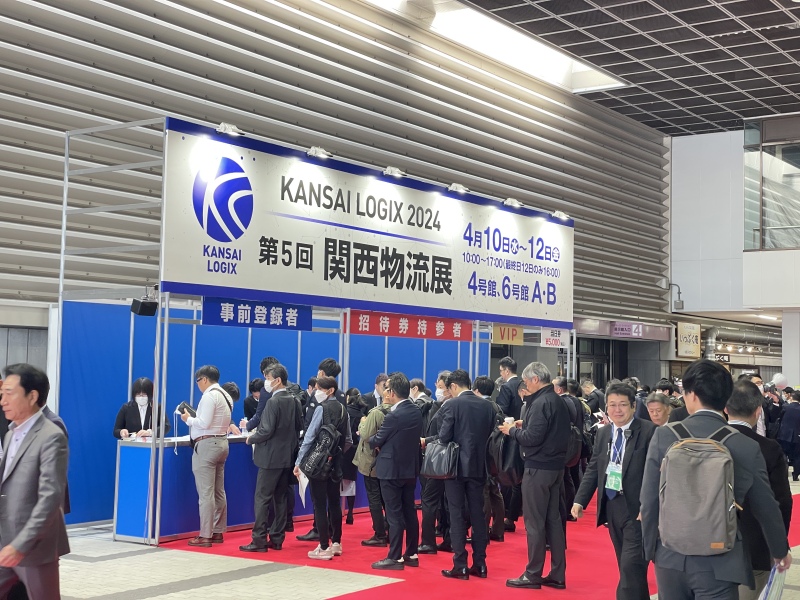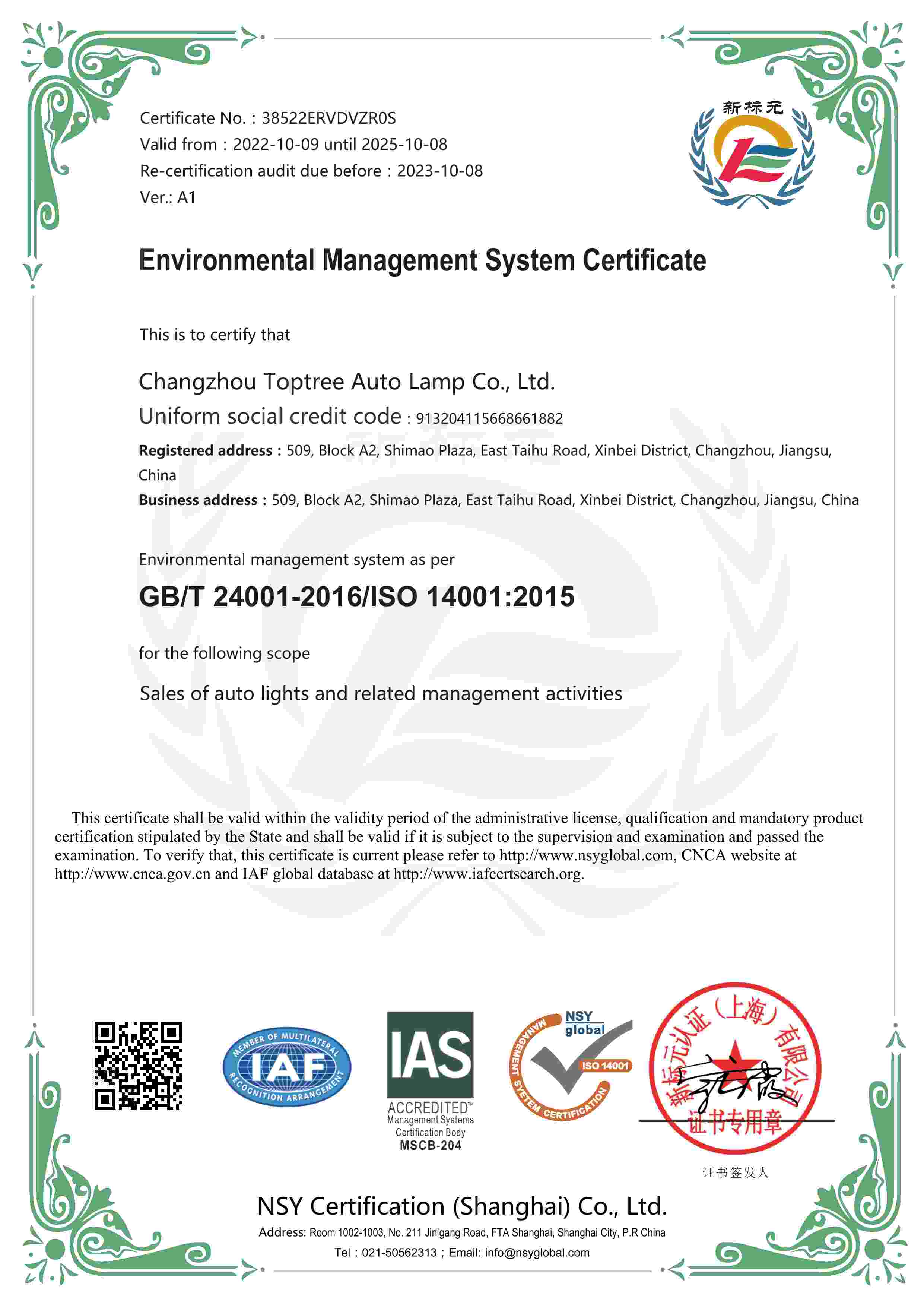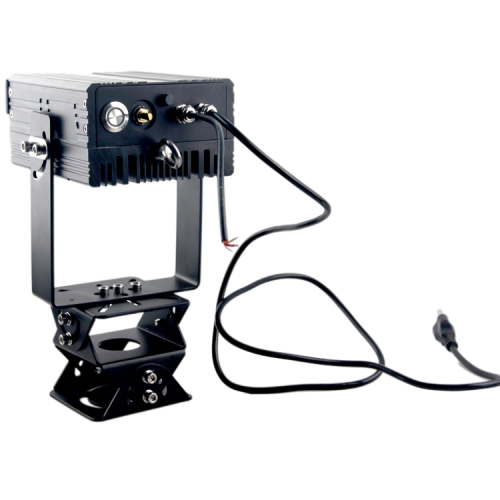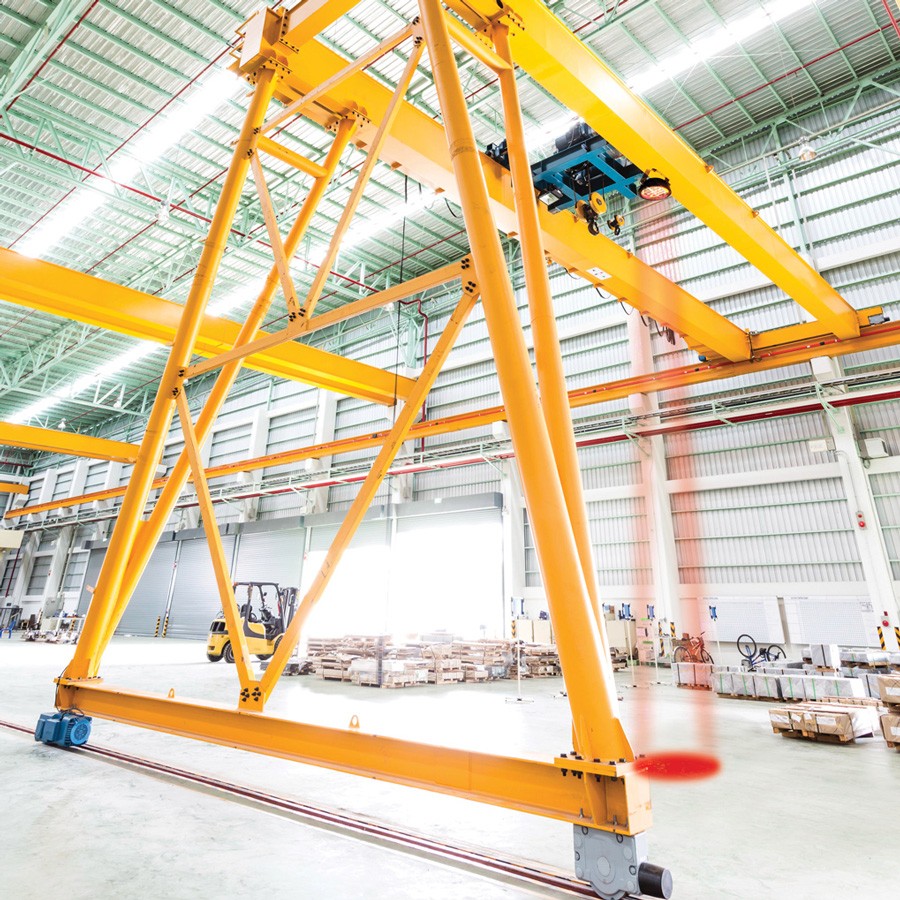TOPTREE | Overhead Crane Safety, 29 CFR 1910.179
28/04/2022A crane is a machine used for lifting and lowering a load and moving it horizontally, with the hoisting mechanism an integral part of the machine. Overhead cranes are used in many industries to move heavy and oversized objects that other material handling methods cannot. Overhead cranes have a railed support structure, known as a bridge, and a wheeled trolley that travels across the bridge horizontally. The other primary component of an overhead crane is the hoist, that’s attached to the trolley, and is used to perform the lifts. Several varieties of overhead cranes exist including gantry, semi-gantry, cantilever gantry, storage bridge and wall cranes.
Overhead crane safety is regulated by the Occupational Safety and Health Administration (OSHA) in 29 Code of Federal Regulations (CFR) 1910.179. This regulation covers overhead and gantry crane general requirements, design, inspection, maintenance requirements and operations.
General Requirements
All overhead and gantry cranes installed after August 31, 1971, must meet the specifications of the American National Standard Institute (ANSI) / American Society of Mechanical Engineers (ASME) Safety Code for Overhead and Gantry Cranes, ANSI B30.2.0-1967 which is incorporated by reference as specified in 29 CFR 1910.6(e)(19) and was last updated in 2016
Cranes can be modified and load capacity rerated as long as the modifications and associated structure is thoroughly checked for the new rated load by a qualified engineer or the equipment manufacturer
The rated load of the crane must be plainly marked on each side of the crane - if more than one hoist is present, each hoist must have its rating shown
Clearance must be maintained above and to the side of cranes
Walkways cannot be placed in a crane operating zone that would compromise employee safety when the crane is in operation
Parallel cranes must have adequate clearance between the two bridges if no walls or structures are between them
Only designated personnel are permitted to operate a crane
Design Requirements
OSHA specifies design requirements on the construction of the cab and its controls as well as the cab’s lighting; foot-walks, ladders and stairways; bridge and trolley bumpers; hoist, holding, trolley and bridge brakes; electrical components; hoisting equipment; and warning devices.
Inspection Requirements
Due to the size and weight of the objects often being lifted and transported by overhead cranes, routine inspections are necessary to ensure continued safe operation. An initial inspection of the crane (new or altered) prior to initial use is required. Once placed into service, overhead cranes require two different types of inspections. Frequent inspections are done daily to monthly, while periodic inspections are completed at monthly to annual intervals. The purpose of the two inspection types is to examine critical components of the crane and to determine the extent of wear, deterioration or malfunction.
